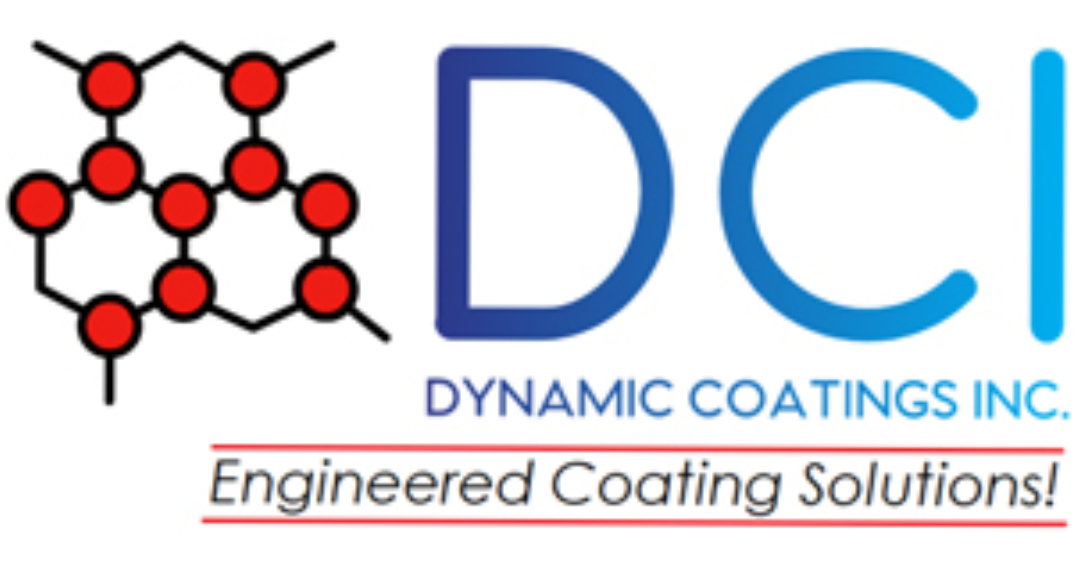Molybdenum Disulfide/Disulphide [Moly, MoS2]
The use of molybdenum disulfide dates back hundreds of years. Present technology dates back to the 1920’s. D.O.D., N.A.S.A. and the Society of Tribological and Lubrication Engineers (formerly A.S.L.E.) collected much of the work.
 Molybdenum disulfide (a.k.a. moly disulphide, moly or MoS2) is another of the lamella structure materials. Moly differs from graphite in a number of ways. Like graphite it has weak van der Waals forces between the basal planes. The bonds between the sulfur layers are weaker than the bonds between the molybdenum layers. The covalent bonds of both are strong in the basal plane. Moisture vapor is unnecessary for lubrication as slip occurs on the sulfur atoms. Tests in vacuum shows that friction decreases as vacuum increases. Friction decreases as load and surface speed increase. These results suggest that removing water vapor contamination decreases friction in molybdenum disulfide. In its operating range MoS2 has superior load bearing and surface speed performance values to graphite or tungsten disulfide.
Molybdenum disulfide (a.k.a. moly disulphide, moly or MoS2) is another of the lamella structure materials. Moly differs from graphite in a number of ways. Like graphite it has weak van der Waals forces between the basal planes. The bonds between the sulfur layers are weaker than the bonds between the molybdenum layers. The covalent bonds of both are strong in the basal plane. Moisture vapor is unnecessary for lubrication as slip occurs on the sulfur atoms. Tests in vacuum shows that friction decreases as vacuum increases. Friction decreases as load and surface speed increase. These results suggest that removing water vapor contamination decreases friction in molybdenum disulfide. In its operating range MoS2 has superior load bearing and surface speed performance values to graphite or tungsten disulfide.
Moly disulfide is a naturally mined material. Quality grading varies with source. Most of the lubricant grade material used in the United States is mined at the Henderson & Climax mines in Colorado, is of very high quality, and is readily available. Particle size affects load carrying test results. Larger particles carry more load. Friction is not a particle size variable. MoS2 oxidizes very slowly in atmospheres up to 600° F. In these low temperature ranges it oxidizes more slowly than tungsten disulfide (WS2). In dry oxygen free atmospheres it functions as a lubricant up to 1300° F. The oxidation products of MoS2 is molybdenum trioxide (MoO2) and sulfur dioxide. MoS2 is hydroscopic and causes many of the friction problems in standard atmosphere. MoO2 is itself a lubricant in dry atmospheres. MoO2 is of itself not abrasive, but attracts moisture vapor contamination.
Moly is considered a semiconductor due to oxidation. It’s photoelectric and bi-metalic behavior is erratic. As temperature approaches red heat it becomes a good conductor. Moly measures 1.0 on the moh’s scale. This is about the mean of graphite and about twice the hardness of tungsten disulfide (WS2).
The issues of where molybdenum disulfide should be used versus graphite or tungsten disulfide is generally best addressed by your lubrication engineer. For most commercial applications these are relatively simple judgments. In aerospace applications where unique environments, and often exotic materials are employed, these questions often take some substantial research to provide the best answers.
Again, pretreatment of the substrate has a profound affect on performance of the lubricant. For example, steel that is grit blasted before a fine grain zinc phosphate out performs either single pretreatment. Typically, the higher quality of the pretreatment results in better lubricant performance. Cost vs. value is your choice.
